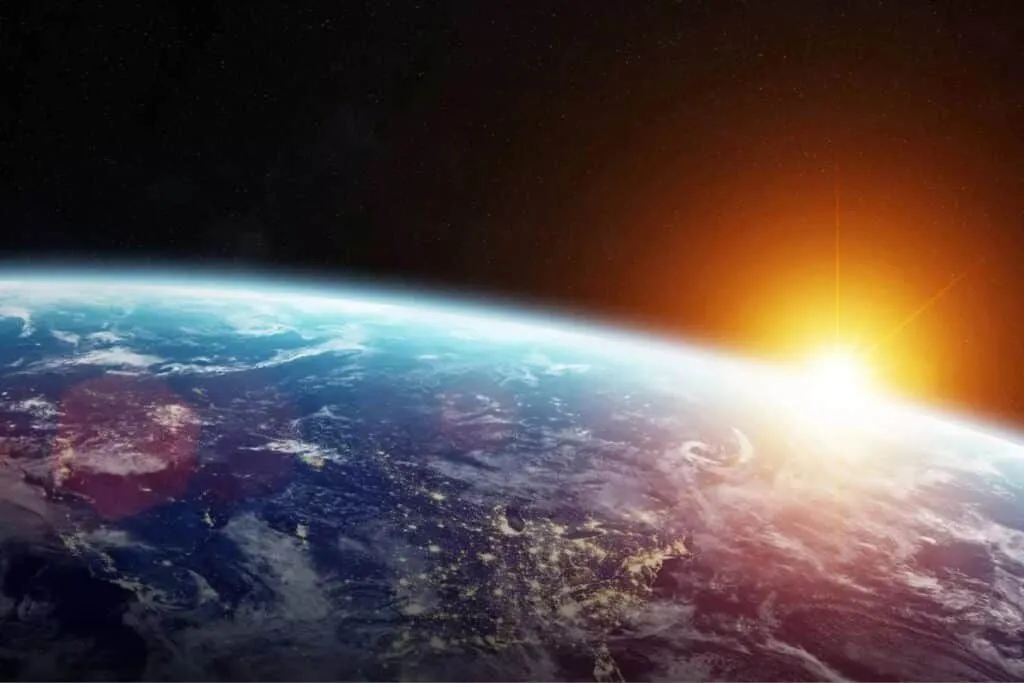A look at his predictions
Back in 2017, at the Tencent WE Summit in Beijing, Stephen Hawking shared his worries about what the future might hold. He pictured a world where unchecked population growth would leave people packed shoulder to shoulder across the globe. This striking scenario underlines how urgent it is to sort out the environmental issues we face and find more sustainable ways of living.
Peering roughly 575 years ahead, he warned that if we keep things the same, Earth could eventually become unlivable. His message was straightforward: if we want to stick around, we’ll have to look beyond our own planet and set up colonies elsewhere.
NASA’s view and the environmental hints
While NASA hasn’t officially backed up Hawking’s fiery forecast for Earth by 2600, the agency does recognise the seriousness of the issues he raised. With over fifty years of studying our planet, NASA has gathered loads of data that supports many of his observations on resource drain and environmental decline.
In late 2024, NASA showed a keen interest in his arguments as evidence of climate change kept piling up. For instance, scientists have found ancient trees emerging from ice that’s been trapped for 6,000 years, a clear sign of how fast things are shifting. Then there’s the discovery of a 50,000-year-old baby mammoth found in an amazing state of preservation—a reminder of just how delicate our civilisation can be.
Exploring worlds beyond our own
Stephen Hawking was a big advocate of venturing out into space as our way forward. In 2016, he supported the Breakthrough Starshot initiative, a project aiming to fire thousands of tiny space probes off at speeds up to 15,000 km/s. These little explorers are meant to search nearby star systems for planets that might just be fit for human life.
At the same time, NASA is busy exploring Mars and other celestial bodies as part of its mission to scout out places where humanity might thrive. These endeavours echo Hawking’s vision, reminding us that expanding our horizons beyond Earth isn’t just science fiction—it may well be our ticket to survival.
How fragile civilisation really is
Recent discoveries have shed light on just how vulnerable our civilisation can be. For example, an uncovered papyrus detailing a 2,000-year-old tax fraud case serves as a reminder that even long-standing institutions can be upended by unexpected twists. Meanwhile, spotting a species in a Michigan forest that hadn’t been seen in over a century shows us that while nature can bounce back, it’s also very sensitive to change.
These stories underline that while we work hard to protect our environment, we also need to start looking at other living spaces. Reflecting on Stephen Hawking’s predictions, it’s clear that what we do today will shape how future generations live. Tackling these environmental worries calls for global team effort and fresh ways of thinking. The chance to explore other planets holds a glimmer of hope—but it also means that everyone has to chip in with serious backing and commitment.
In the end, whether we take Hawking’s warnings on board or not, the legacy we leave as caretakers of this planet—and possibly others—will come down to the choices we make now in a universe that’s always on the move.
